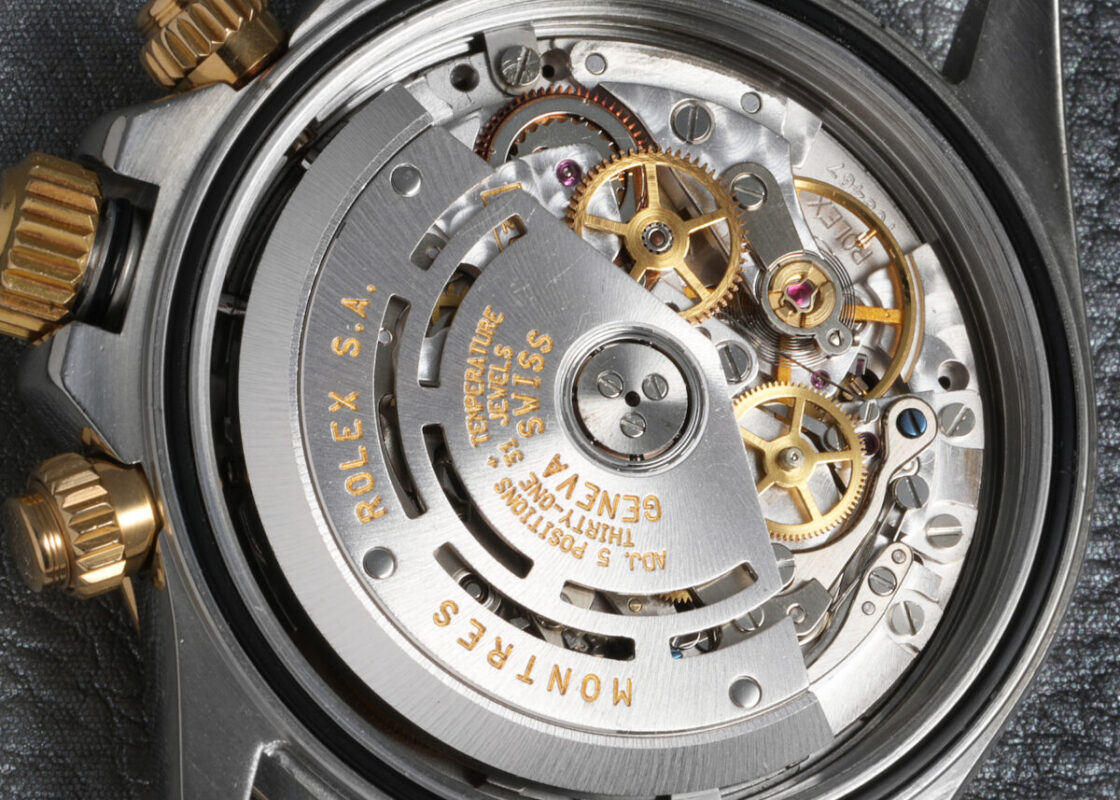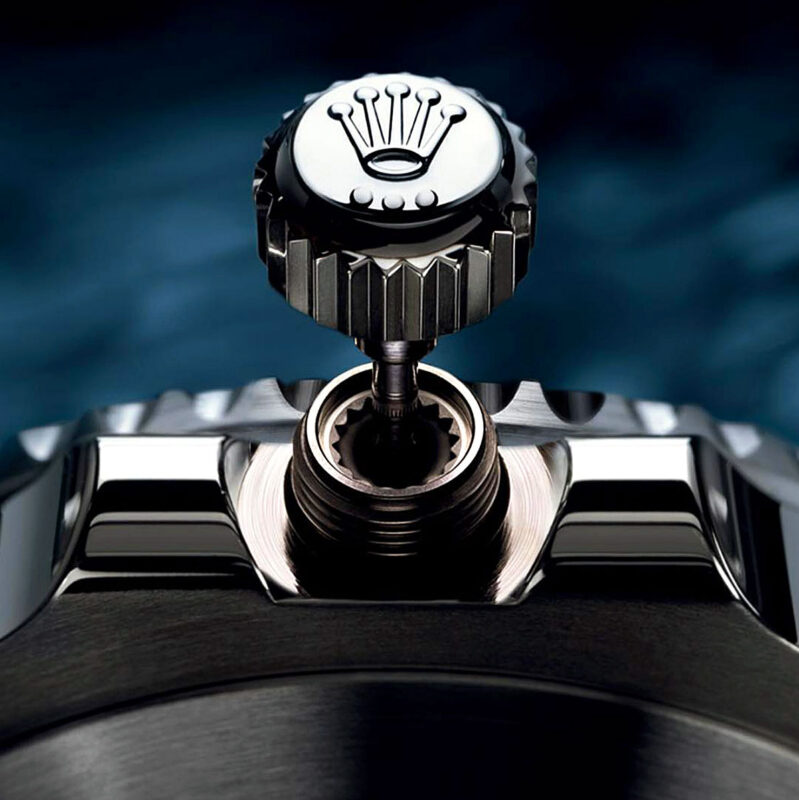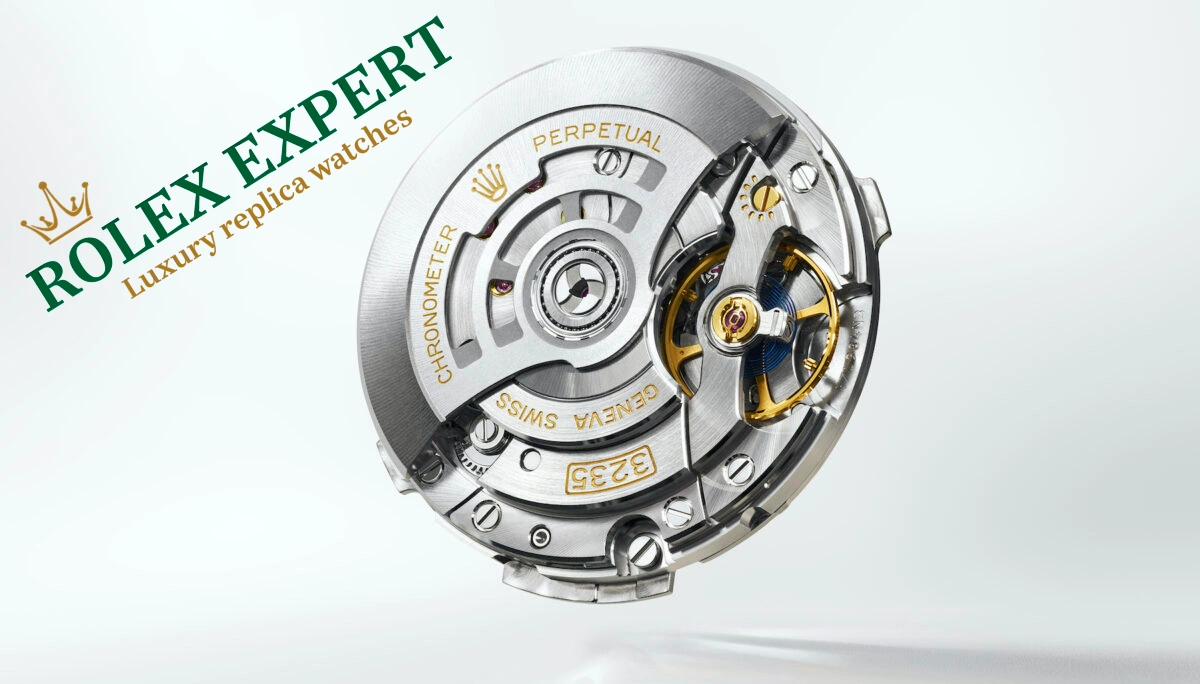Articles
Rolex Movements: What Makes Them So Special?
Introduction
When it comes to luxury watches, few names resonate as profoundly as Rolex. Whether you’re a first-time buyer, a seasoned collector, or simply an admirer from afar, you’ve likely wondered what sets a Rolex movement apart from all the rest. In this article, we’ll explore the remarkable craftsmanship, history, and innovation behind Rolex movements, illustrating why they stand as benchmarks of precision and reliability in the watch industry.
The Heart of a Rolex: An Overview
A watch’s movement is often called its “engine” or “heart,” responsible for keeping accurate time and powering its functions. In the case of Rolex, their movements are almost entirely developed and manufactured in-house, reflecting the brand’s famous commitment to quality and consistency. While many watchmakers outsource some or all of their movements, Rolex’s approach ensures a higher level of precision, innovation, and control over every detail.
Key Characteristics of Rolex Movements
- In-House Manufacturing: From the oscillator to the mainplate, critical components are crafted under Rolex’s roof.
- COSC Certification: Most Rolex movements are COSC-certified chronometers, meeting strict standards of accuracy (-4/+6 seconds per day, though many Rolex models exceed this standard).
- Paramagnetic Materials: Rolex employs materials like Parachrom hairsprings that resist magnetic fields, a crucial advantage in modern life.
- Proprietary Innovations: From the Perpetual rotor (for self-winding) to the Syloxi silicon hairspring found in some models, Rolex continuously pushes the boundaries of watchmaking.

A Legacy of Precision and Innovation
Rolex’s reputation for reliability didn’t happen overnight. The brand’s storied history is marked by continuous breakthroughs:
- Rolex Oyster Case (1926): The first truly waterproof watch case, ensuring longevity and safeguarding the movement from dust and moisture.
- Perpetual Rotor (1931): A groundbreaking self-winding system that harnessed the energy of the wearer’s wrist to power the watch.
- Deep-Sea Record (1960): In 1960, Rolex attached a specially developed watch—the Deep Sea Special—to the Bathyscaphe Trieste, which descended to the Mariana Trench (the deepest point in the Earth’s oceans). The watch emerged intact and fully functional, showcasing Rolex’s dedication to robust engineering.
“Rolex has never been content to rest on past achievements. The brand’s DNA is all about pushing mechanical boundaries,” says a longtime watch industry historian.
Commitment to Research and Development
Rolex famously invests a significant portion of its revenue back into research and development. This commitment allows them to refine metals, test new materials, and innovate watchmaking techniques. The Rolex Research Lab is known for developing new alloys, such as 904L steel (Oystersteel), which is more resistant to corrosion than conventional watch steels.
Inside a Rolex Movement: Breaking Down the Components
1. Mainspring
The mainspring is the powerhouse that stores energy. Winding your Rolex—either manually or via the automatic rotor—tightens this spring. Over time, the mainspring unwinds, releasing energy to drive the gear train.
2. Gear Train
The gear train converts the energy from the mainspring into regulated movements of the watch’s hands. Every gear and pivot is meticulously checked for alignment and tolerance, ensuring minimal friction and maximal efficiency.
3. Escapement & Balance Wheel
Often called the “heartbeat” of the watch, the escapement works with the balance wheel to control the release of energy, ticking at a precise rate. Rolex’s Parachrom hairspring is not only paramagnetic but also shock-resistant, helping maintain consistency even under daily wear and tear.
4. Automatic Rotor
Rolex perfected the Perpetual rotor, which swings with your wrist’s motion. This rotor winds the mainspring continuously, ensuring a near-constant energy supply. If you wear your Rolex daily, it remains fully wound and accurate.
5. Winding Mechanism & Crown
The watch’s crown is not just a small knob; it’s a complex sealing system designed to protect the movement from water and dust. In many Rolex models, the crown seals against multiple internal gaskets, maintaining waterproofness.

Why Rolex Movements Command Higher Prices
You might notice that Rolex watches often come at premium price points. Here’s why:
- Extensive Testing: Each Rolex is rigorously tested for accuracy, water resistance, and durability, which adds to production costs.
- Quality of Materials: Rolex uses high-grade metals, proprietary alloys, and scratch-resistant synthetic sapphire crystal.
- In-House Craftsmanship: Designing, prototyping, and manufacturing movements within a single company is resource-intensive.
- Historical Prestige: For many, owning a Rolex symbolizes achievement, pedigree, and reliability, which also contributes to its collectible value.
Because the biggest cost actually comes from the Extensive Testing/R&D and the Historical Prestige, or Brand name to simplify, we are able to mitigate those expenses and drastically cut the costs of our Superclone Rolex Movements while still having virtually the same level of craftmanship and materials used.
The Real Value in a Rolex
While Rolex movements are renowned for their engineering excellence, the true value of a Rolex lies in something far greater than gears and springs. It’s the culmination of decades of horological experience, extensive research and development, and a globally recognized brand heritage. Every Rolex reflects a legacy of tireless innovation, from pioneering waterproof cases to refining materials that withstand extreme conditions. These timepieces are not merely instruments for telling time—they’re symbols of craftsmanship and achievement. For many collectors and enthusiasts, owning a Rolex means investing in a storied tradition of excellence that transcends the mechanical workings within. Finally, for those, who don’t accept paying hefty amounts just for the heritage of the Rolex brand, we offer Rolex Superclones.
Common Questions about Rolex Movements (FAQ)
1. How often does a Rolex need servicing?
Most watchmakers recommend servicing a Rolex every 5 to 10 years, although it depends on the model and wear conditions. Regular servicing ensures the movement is cleaned, lubricated, and adjusted for accuracy. Dust, moisture, and everyday bumps can affect performance if neglected. Adhering to a proper service schedule is crucial for longevity, much like routine maintenance for a car. We advise taking your watch to your local watchmaker every 5 years for a maintenance and timekeeping check.
2. What makes Rolex movements different from other luxury watch brands?
Rolex stands out due to its rigorous in-house manufacturing, COSC certification, and commitment to innovation (e.g., Parachrom hairspring, Oyster case). Many brands buy or modify outsourced movements, but Rolex controls nearly every detail. This control fosters exceptional build quality, consistent accuracy, and a distinctive “feel” that collectors and experts cherish.
3. Are all Rolex movements automatic?
While the vast majority of modern Rolex watches use automatic (self-winding) movements, there have been a few hand-wound or quartz models in Rolex’s history (like the Oysterquartz). However, current Rolex production predominantly focuses on automatic mechanisms.
4. Is it difficult to repair a Rolex movement?
Servicing or repairing a Rolex movement requires specific tools, and skilled expertise. Since Rolex is one of the most popular watch brands in the world, any decent watchmaker knows how to handle and repair a Rolex movement.
5. Do Rolex movements hold value over time?
Rolex watches generally retain or even increase in value due to brand prestige, consistent demand, and limited production. The robust quality of the movement and case also contributes to the watch’s longevity. While no investment is guaranteed, Rolex tends to outperform many other watchmakers in the secondary market.
For further reading, explore the official Rolex website: Rolex.com or trusted forums like RolexForums.com for community insights and discussions.
Conclusion
In understanding what makes a Rolex movement truly special, you’ll see it’s not just marketing hype. It’s a legacy of craftsmanship, innovation, and meticulous attention to detail that has turned Rolex into a global icon. Whether you’re a curious onlooker, an aspiring owner, or a seasoned collector, a deeper appreciation for Rolex’s mechanical heart can guide your buying decisions and fuel your passion for horology.
If you’re ready to take the next step, Rolex Expert offers a curated range of replica Rolex watches with Swiss Superclone Rolex Movements. Our specialists are here to help you select the perfect model, provide detailed information on maintenance, and ensure you enjoy every facet of your Rolex ownership. Visit our site or contact our experts for personalized advice today.


